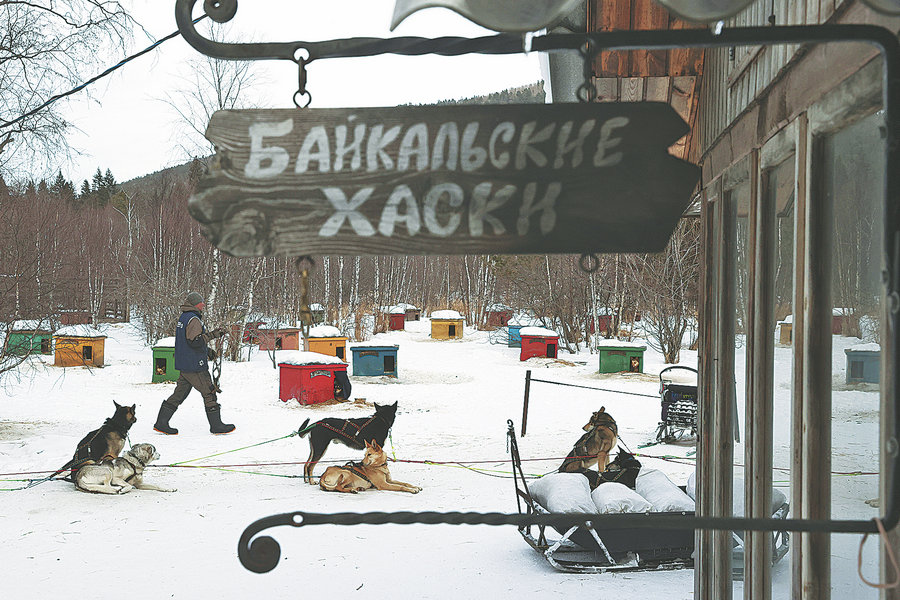Lake's unique beauty entices global travelers


Flourishing tourism
Today, a wilderness of forest, plains and semidesert surround Baikal in the grand landscape of Siberia, though development along the shores of the lake occurred last century with the building of several urban and resort communities.
Every year the lake attracts travelers from all over the world. The village of Listvyanka is the most popular location. Lying on the southeast coast of the lake, Listvyanka is located 70 km from Irkutsk and is at the point where the Angara River leaves the lake.
This quaint village has approximately 1500 inhabitants and stretches over 5 km in an arc along the coast. Its tourist infrastructure is developing faster than anywhere else in Siberia due to its popularity among global visitors.
The ever-growing trail network links Listvyanka with Bolshiye Koty, another of the stunning fishing villages along the shore. The 24 km trail can be finished within 5-8 hours.
The hike along the route usually takes 2-3 days and is characterized by swift transitions between steep coastal bluffs, sandy beaches and deep forests. There are guesthouses and homestays available at villages for the night, and visitors can get back to Irkutsk by boat or bus from the trail's end in Bolshoye Goloustnoye.
Despite threats from oil pipelines and other human activity, Lake Baikal remains largely pristine, its ecology insulated from environmental degradation by its sheer immensity and farflung location.
But local conservationists have causes for concern.

"For the most part, microplastics are found in the surface layer of Baikal water in the southeast and western coast of the lake. These areas are the most packed with tourists and locals. In the samples taken by scientists, most of the microplastics reach sizes of 3 to 5 millimeters. This degradable plastic is not amenable to further processing," said Ruslan Gubaidullin, head of the Clean Country Association.
Organized by En+ Group together with the Lomonosov Moscow State University, the expedition for the monitoring of the ecological state of Lake Baikal was carried out for years, aimed at determining the actual risks and threats to the lake created by anthropogenic load, technology-related factors and natural processes.
Mikhail Kolobov, the scientific team leader and senior researcher at the Department of Hydrobiology of Lomonosov Moscow State University, told China Daily that recently the concentration of microplastics in Baikal has been growing by 50 percent annually. At the same time, the level of pollution at the lake will continue to grow due to the ever-increasing interest of tourists.
The popularity of Baikal is steadily growing. From last year, tourists were able to receive information about the handling of garbage along the entire route.


















